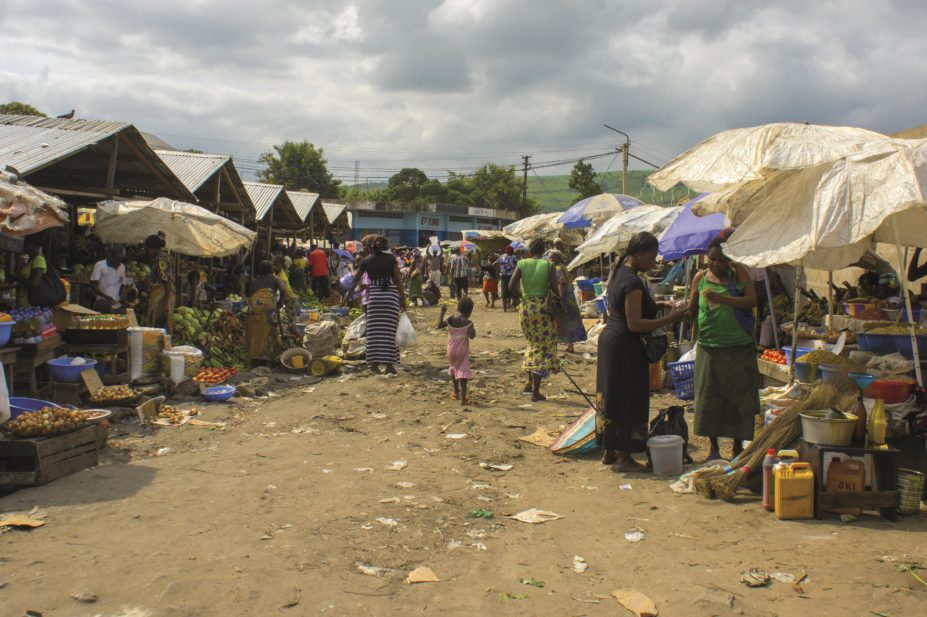
Skinstorm / Shutterstock.com
The human immunodeficiency virus (HIV) has been transmitted from primates to humans on at least 13 occasions, but only one instance – involving HIV-1 group M – resulted in the human HIV pandemic.
Through genetic analysis of archival HIV samples, researchers believe they have traced this world-changing event to Kinshasa, now the capital of the Democratic Republic of Congo, in around 1920, where a “perfect storm” of factors led to the emergence of HIV in humans.
Urban growth, strong railway links and changes to the sex trade facilitated the development of a “generalised epidemic with unstoppable momentum that unrolled across sub-Saharan Africa”, says Oliver Pybus, from the University of Oxford, a co-author of the study, which appears in Science
[1]
(2014:346:56-61).


